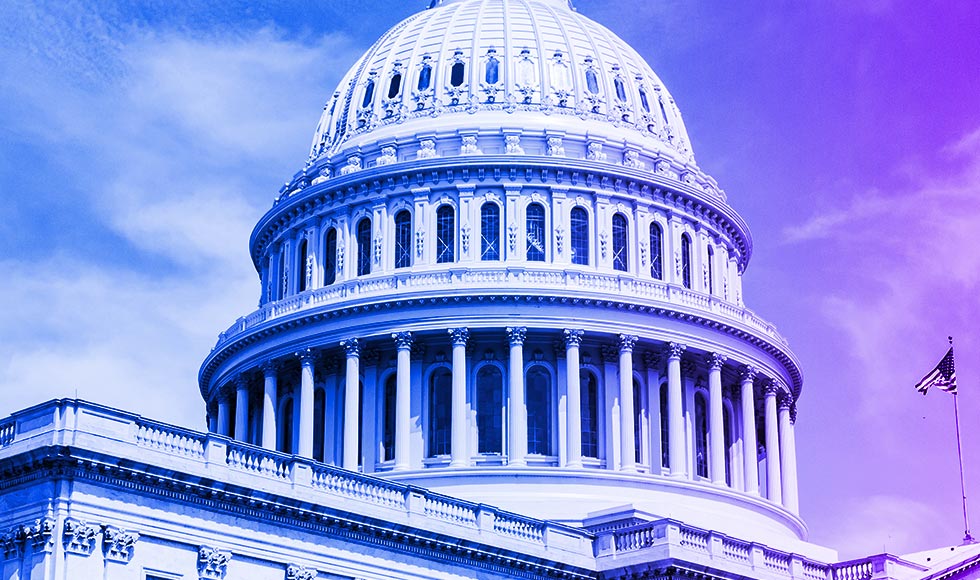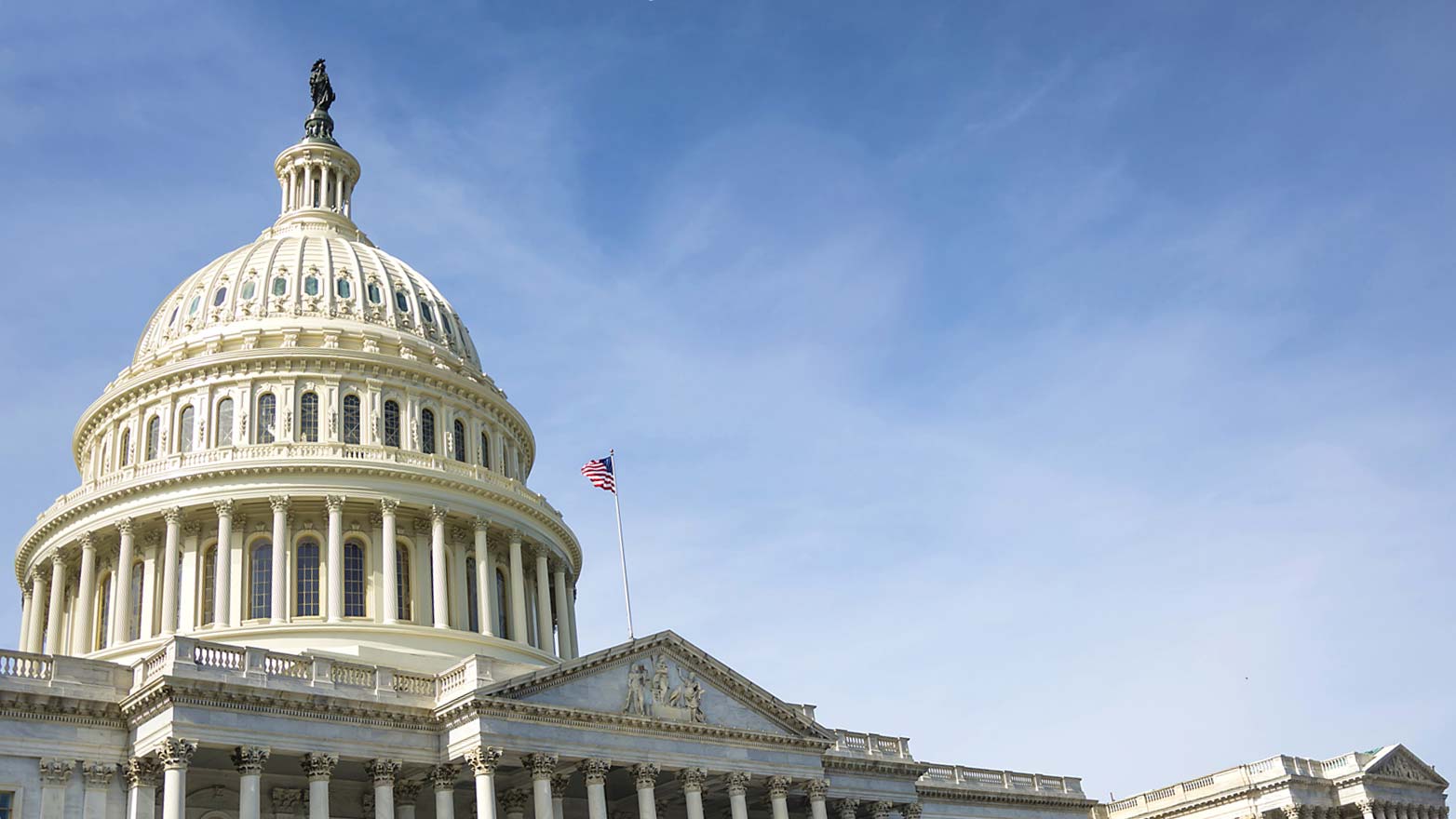August 2022
Citing the uptick in “novel” charter types, such as cryptocurrency custody banks and others, authorized or under consideration by federal and state banking authorities, and related inquiries and requests from these institutions to access Reserve Bank accounts and services, the Federal Reserve Board has issued final guidelines for reviewing all requests for access to Reserve Bank accounts and payment services. A key feature of that review will be consideration of whether the request has the “potential to set a precedent that could affect the Federal Reserve’s ability to achieve its policy goals now or in the future.”
Share
Dive into our thinking:
Access to Reserve Bank accounts and payment services: FRB guidelines
Download PDFGet the latest from KPMG Regulatory Insights
KPMG Regulatory Insights is the thought leader hub for timely insight on risk and regulatory developments.
Explore more

Washington Report 360
A weekly newsletter covering legislative and regulatory developments affecting financial services firms—in 360 words or less.

Points of View
Insights and analyses of emerging regulatory issues and their impact.

Regulatory Alerts
Quick hitting summaries of specific regulatory developments and their impact.
Meet our team

Amy S. Matsuo
Principal, U.S. Regulatory Insights & Compliance Transformation Lead, KPMG LLP

Todd Semanco
Partner, Advisory, FS Regulatory & Compliance Risk, KPMG US

Michael Lamberth
Partner, Advisory, FS Regulatory & Compliance Risk, KPMG US

